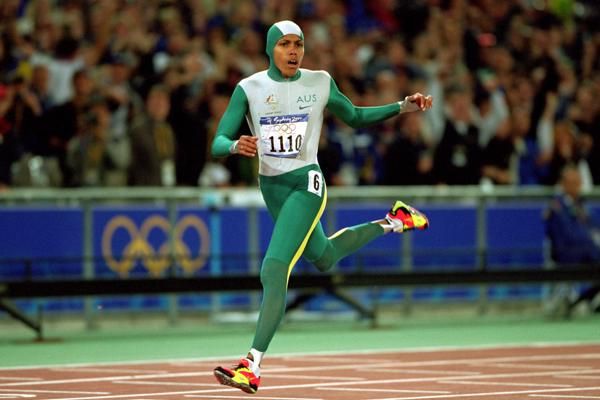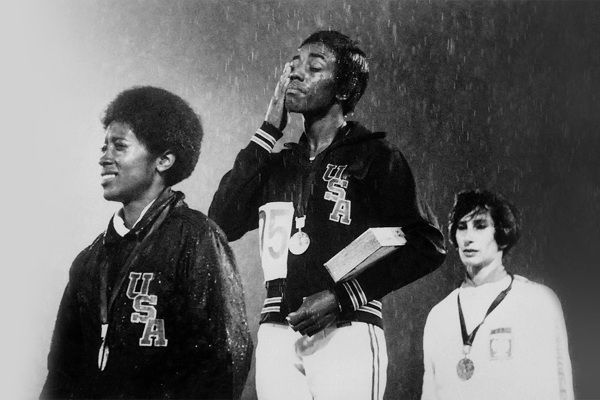Evelyn Ashford wins the 1984 Olympic 100m title (© Christel Saneh)
Each time the women’s 100m world record is broken, the athlete is recognised as the fastest woman in the world. For a five-year period between 1983 and 1988, US sprinter Evelyn Ashford wore that crown.
Born on 15 April 1957 in Shreveport, Louisiana, Ashford had a remarkable and unique journey which inspired female athletes around the globe.
Her long career started back in school when she defeated the boys in sprinting. She went on to make the Olympic team at only 19 and twice broke the world 100m record. By the age of 35, she had won four Olympic gold medals.
Racing the boys

Ashford grew up in Sacramento, California, and joined Roseville High School where her physical education teacher spotted her talent in the early 1970s.
One day, during his class, the teacher asked Ashford if she would race his fastest player.
Ashford not only won the challenge, but she also became the first girl to join the track and field team. At that time, the school only had a boys’ team. Since then, Ashford became aware of her gift.

Reaching her senior year, Ashford had won a number of state and regional races and had become one of the first female track and field athletes to be offered a full athletics scholarship to the University of California Los Angeles (UCLA). The university later became known as the home of track and field stars such as Jackie Joyner-Kersee, Florence Griffith-Joyner, Kevin Young, Mike Powell, Mike Marsh, Gail Devers, Steve Lewis, Joanna Hayes, and Dawn Harper.
Ashford joined UCLA in 1976, the year the Summer Olympic Games were scheduled to take place in Montreal, Canada. Three-time Olympian Pat Connolly was newly appointed as track and field coach. She wasn’t aware that Ashford was on an athletics scholarship, so she asked Ashford and everyone else to take part in the team trials. Ashford had to run the 100m.
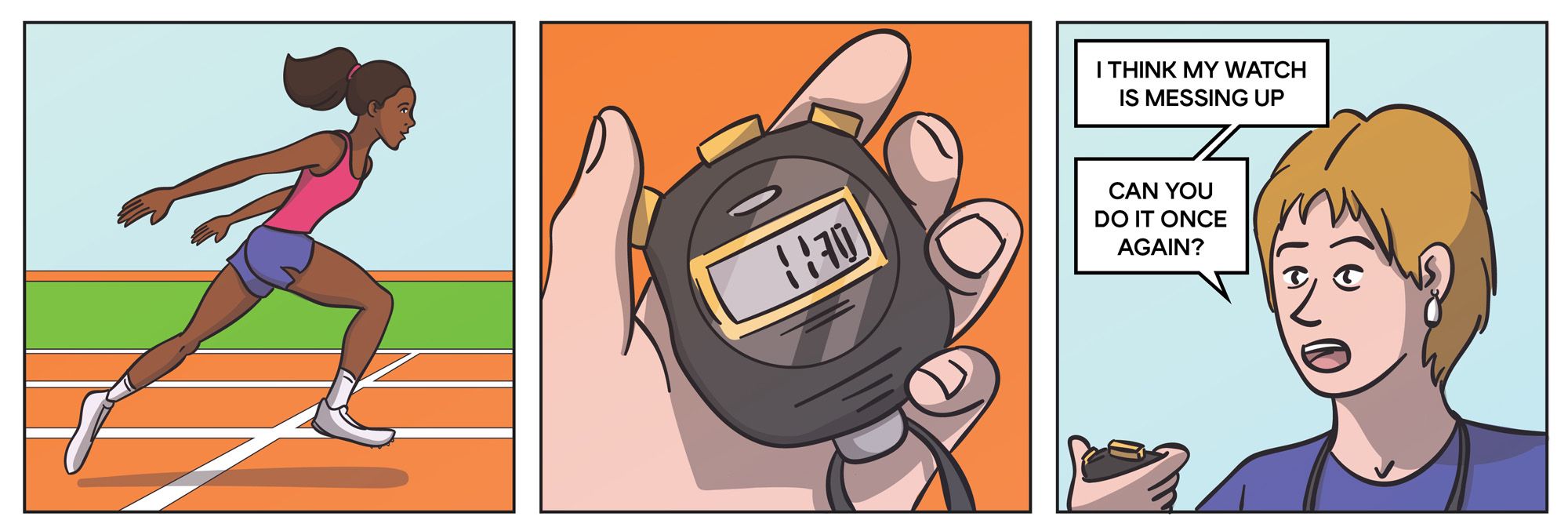
Ashford ran even faster.
After keeping a close eye on her prodigy, Connolly was convinced that Ashford could not only make the Olympic team but also make it to the finals.

Olympic debut
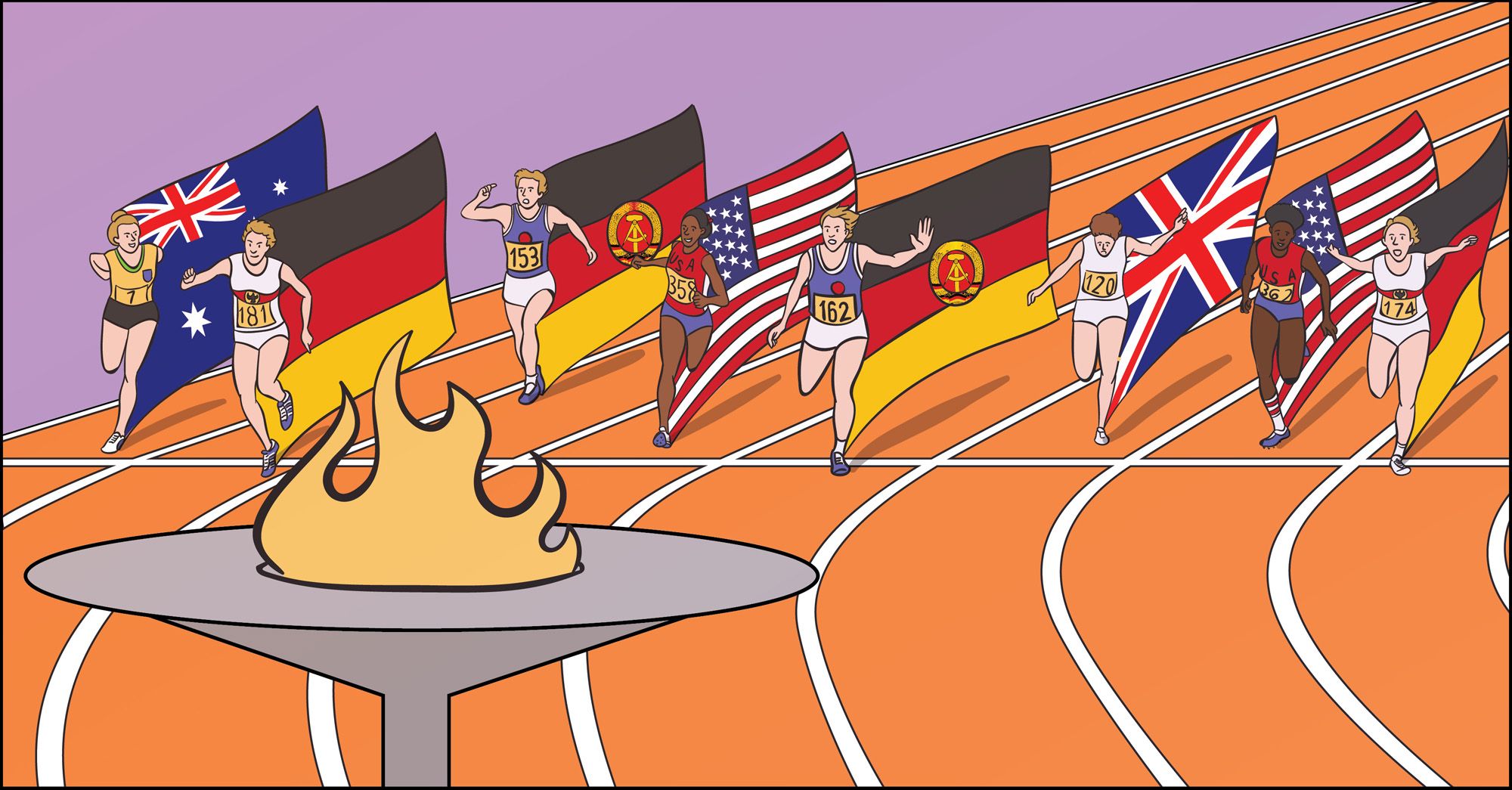
In 1976, at only 19 years of age, Ashford finished third in the 100m (11.26) at the US Trials to qualify for her first Olympic Games in Montreal, as her coach had predicted.
Then, also as per Connolly's prediction, Ashford reached the final. She finished fifth in 11.24, making her the top US finisher. She was also part of the 4x100m relay team, eventually placing seventh in 43.35.

In 1978, she started training full time and had her sights set on the 1980 Moscow Olympic Games. A year later, Ashford ran 10.97 in the 100m, becoming the first US woman to break the 11-second barrier.
Later that season, she won the 100m and 200m at the 1979 World Cup, where she defeated both world record-holders of the events, Marlies Gohr and Marita Koch from East Germany. She ran the 200m in a lifetime best of 21.83, the second-best performance in history at that time, to become the first US woman to break 22 seconds for the distance.
With less than a year to go to the Moscow Games, Ashford was in her prime.
1980 boycott

Ashford's Olympic dreams were shattered when US President Jimmy Carter announced that the US would boycott the Olympics held in the USSR, in protest to the Soviet invasion of Afghanistan. Ashford was devastated by the news.
She knew she was the best sprinter in the world, and she knew she was a strong contender for an Olympic Gold medal.

Following the news that crushed the dreams of the whole US Olympic team, Ashford abandoned her training and went on a road trip with her husband Ray Washington. They drove from California to Florida and back, before she realised that she wasn’t ready to quit.
Ashford set her sights on the 1984 Olympics, scheduled to take place in her home country.
Breaking the world record
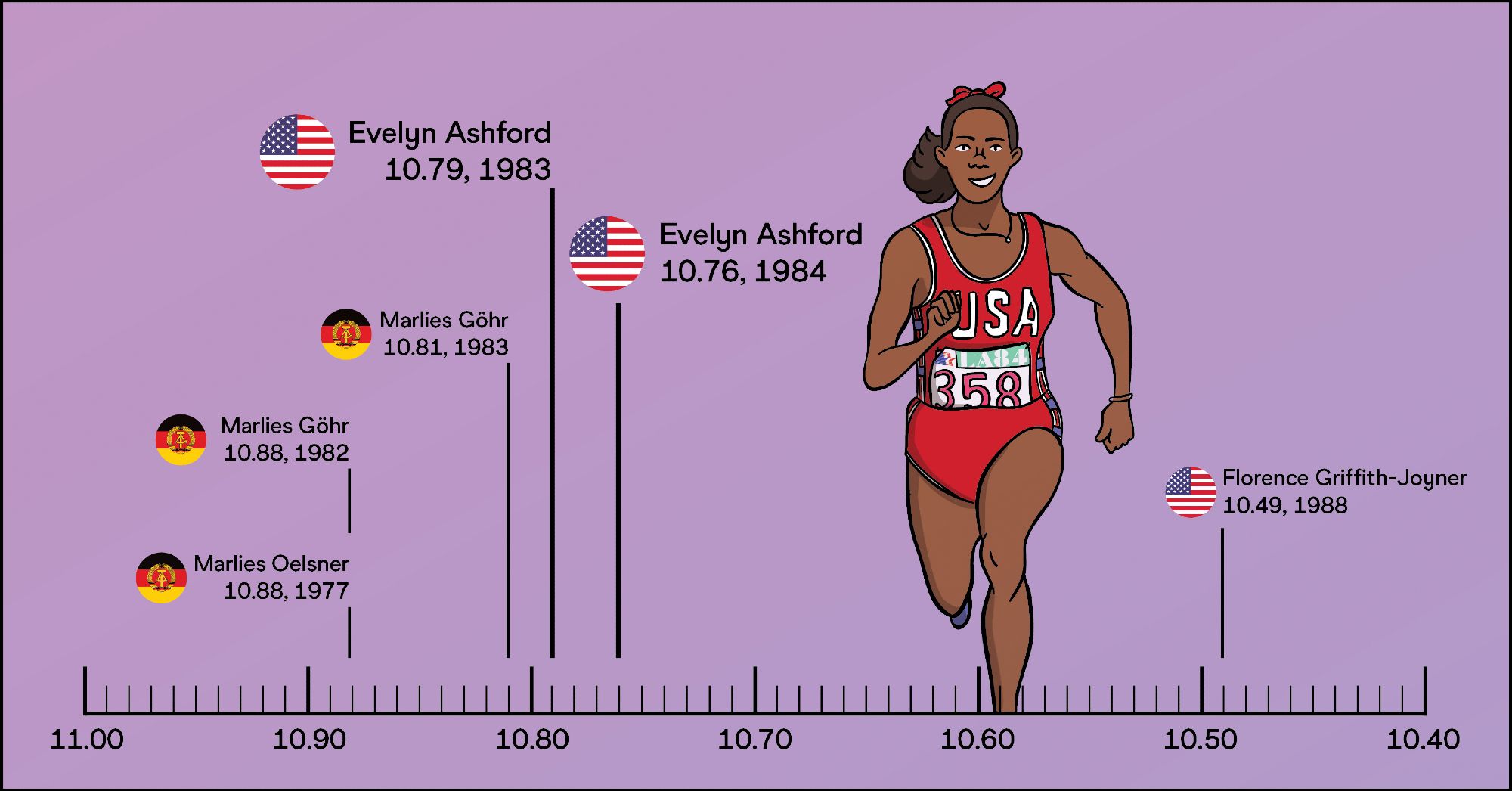
Ashford worked even harder for her next Olympic target.
Displaying outstanding consistency, she produced three legal sub-11-second performances in both 1981 and 1982. Her best 100m performance was 10.90 while her slowest was 11.16, and her second slowest was 11.08.
On the 3 July 1983 in Colorado Springs, history was made as Ashford and Calvin Smith broke the 100m world records within a span of 15 minutes.
A month earlier, Gohr had improved her own world record to 10.81, then two weeks later in Los Angeles, Gohr defeated Ashford. The race in Colorado Springs was an opportunity for revenge for Ashford who wanted to respond to Gohr, especially before the first World Championships were due to take place the following month.
On that historic day, Ashford anchored a world-record attempt in the 4x100m with Diane Williams, Alice Brown and Chandra Cheeseborough. Despite some poor baton passes, they finished in a North American record of 41.61, just 0.01 shy of East Germany's world record.
Seventy minutes after the relay, Ashford lined up for the 100m. Once the gun was pulled, she raced down the track to stop the clock at a world record time of 10.79.

But one month later at the World Championships in Helsinki, Ashford - who had won her heat, quarter-final and semi-final - pulled her hamstring in the final fell to the ground after 50 metres while Gohr cruised to victory. The world record-holder struggled with this injury all the way to her home Games.
Los Angeles 1984: Olympic glory
Eight years after her Olympic debut in Montreal, it was time for Ashford to shine on her home soil. The 100m world record-holder had been waiting for this moment for so long. This time, the Soviets led a boycott.
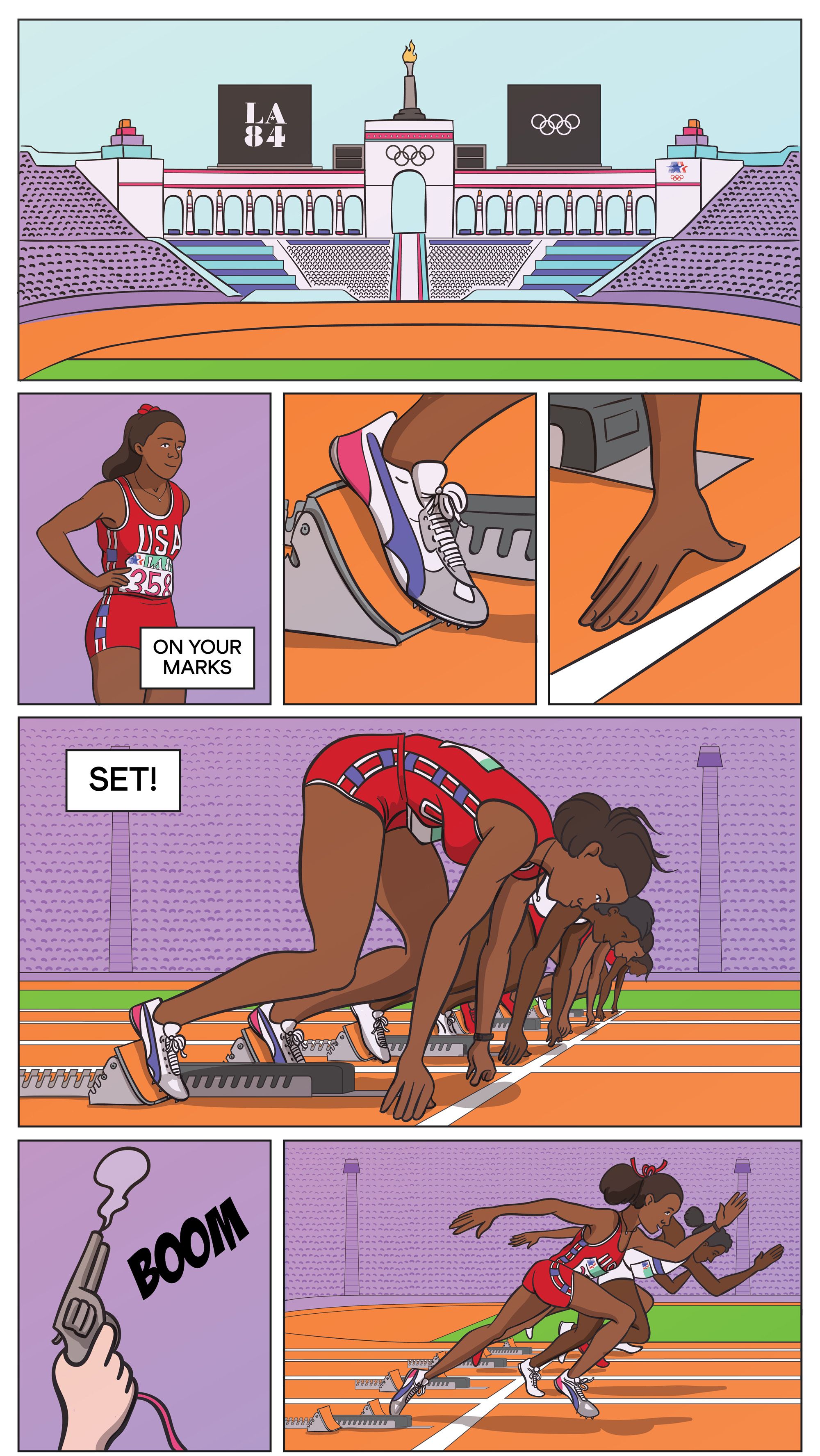
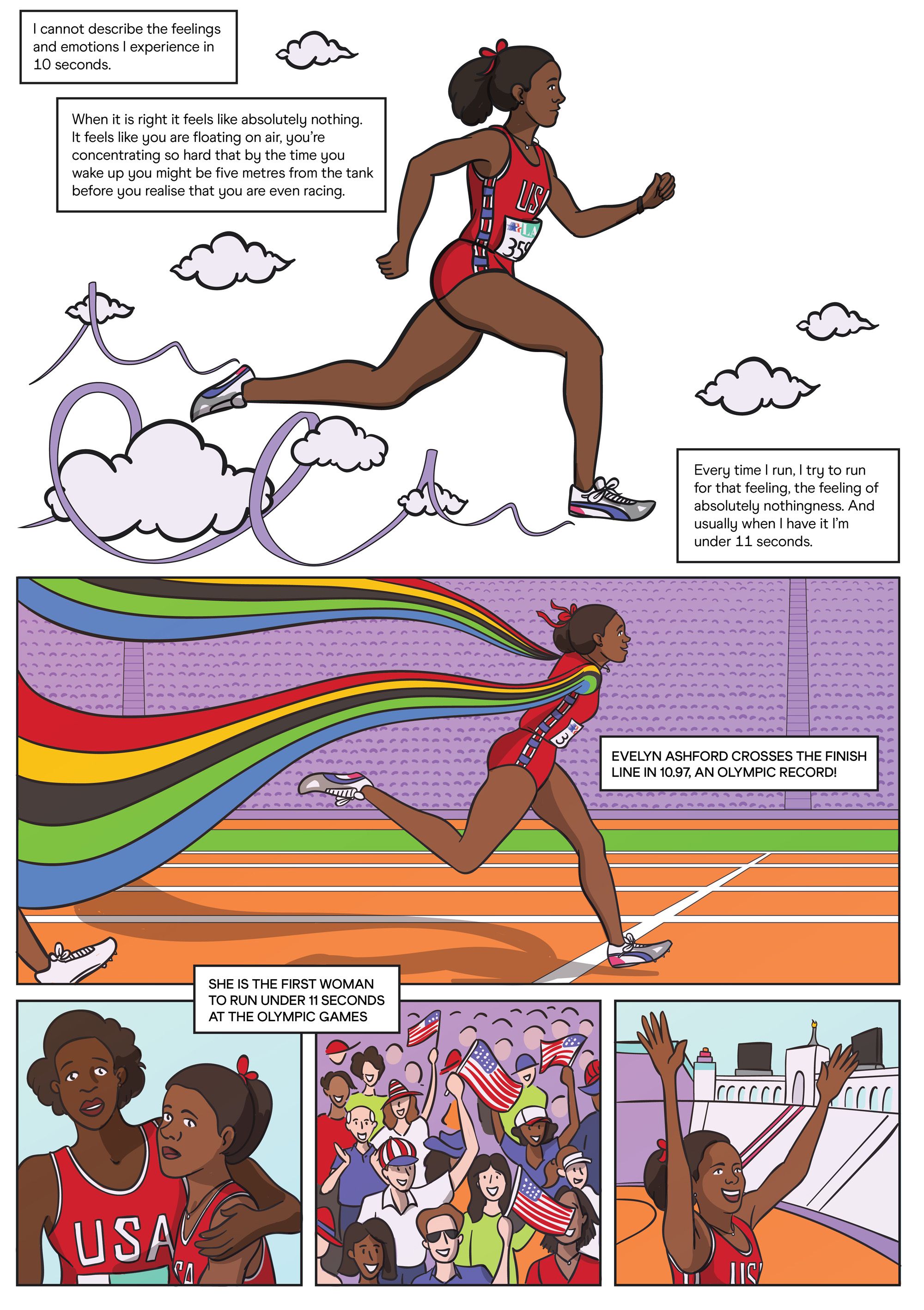
Ashford won the 100m Olympic title and then, along with her teammates, added to her haul by winning the 4x100m. She withdrew from the 200m due to discomfort in her hamstring, but emerged from the Games as a national hero.
Gohr didn’t race at the Olympics due to the boycott, but the upcoming head-to-head between Gohr and Ashford pushed the latter to run a world record time of 10.76 in Zurich, a mark that stood for four years. Their rivalry undoubtably contributed to the world record times set by both athletes throughout the years.
The Grand Dame of track and field
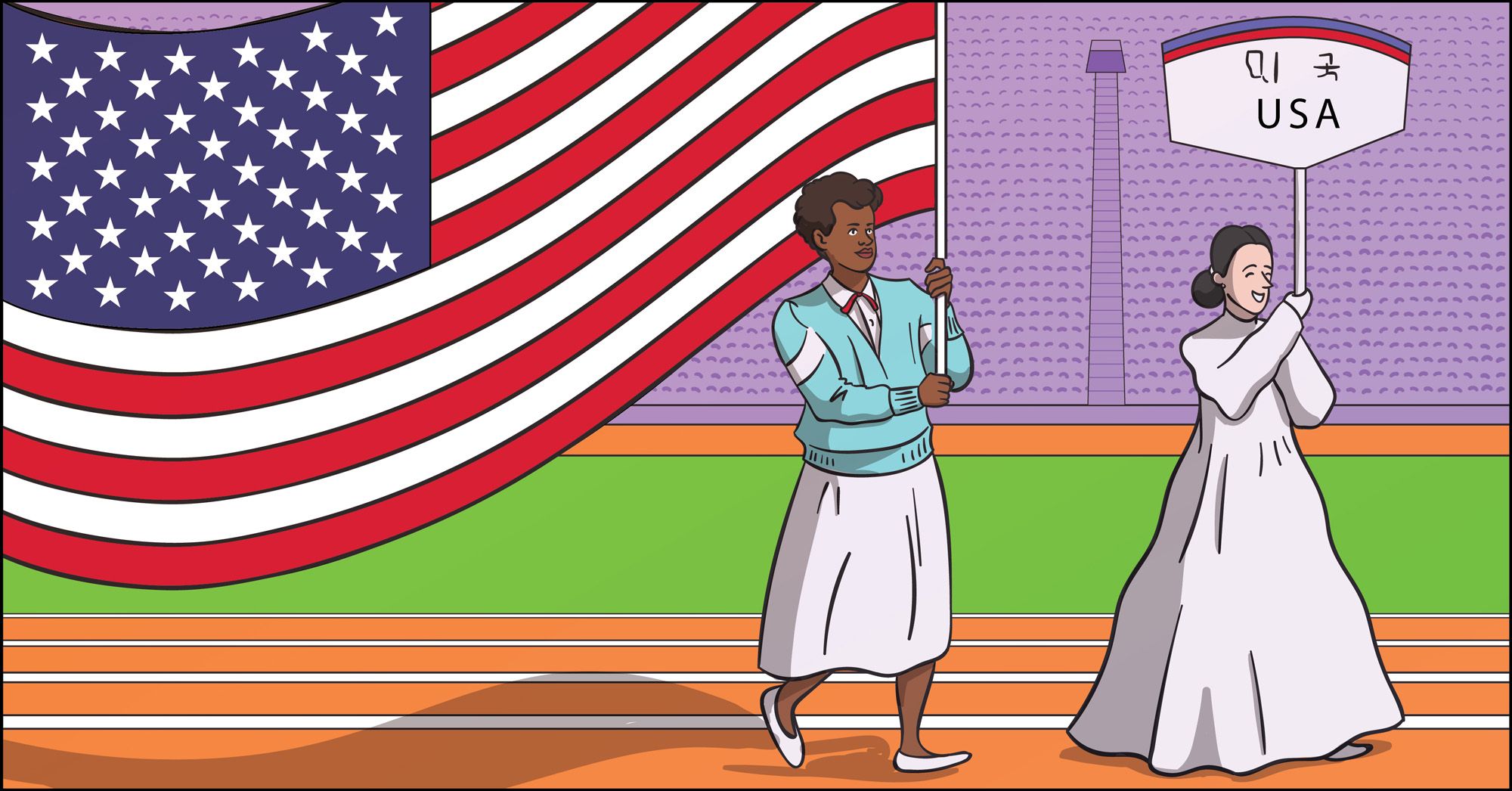
The year following the Olympics, Ashford became pregnant. She gave birth to her daughter, Raina Ashley, in 1986, before returning to training at 29 years of age. She won the 100m and 4x100m at the 1986 Goodwill Games, organised in response to the previous boycotts between the US and the USSR.
She hoped for a second individual Olympic gold in Seoul 1988, her third Olympic participation in which she became the first black woman to carry the US flag during the Opening Ceremony.
But another US sprinter was on the rise that year. Florence Griffith-Joyner broke the world record at the US Trials with 10.49, a mark which still stands today. Flo-Jo went on to win the triple gold in Seoul: the 100m, 200m and 4x100m.
At 31, Ashford finished second in the 100m behind Flo-Jo and contributed to the 4x100m relay win. Critics claimed that Ashford was too old to compete, but she loved challenges and decided to prove them wrong.
She went on to win one more Olympic gold medal in the 4x100m at the 1992 Olympic Games in Barcelona, where she was referred to as 'the grand old lady of track'.

She made four Olympic teams and became, at that time, the only US woman to win four Olympic gold medals in athletics. By the end of her 18-year career, Ashford had bettered 11 seconds on 33 occasions (including wind-aided performances) - her first coming at the age of 22 and her last at age 35. She retired after her final Olympic appearance in 1992.

Christel Saneh for World Athletics






